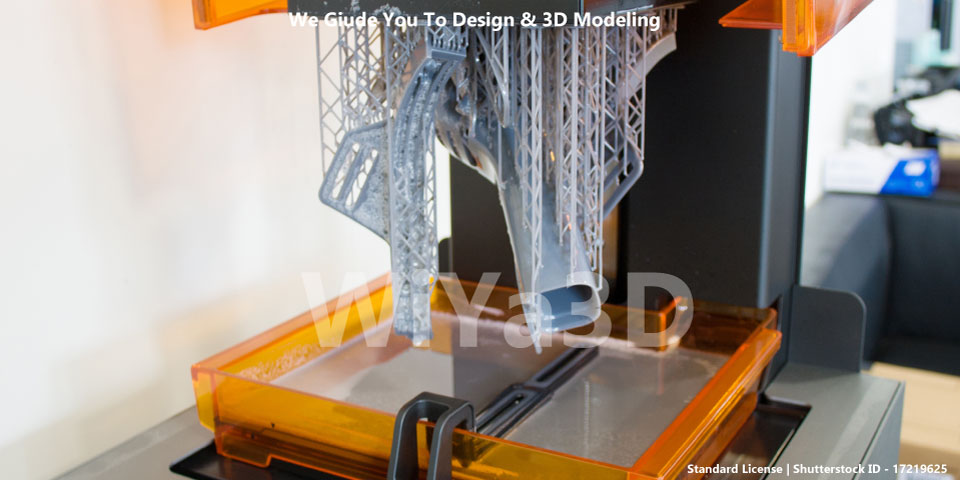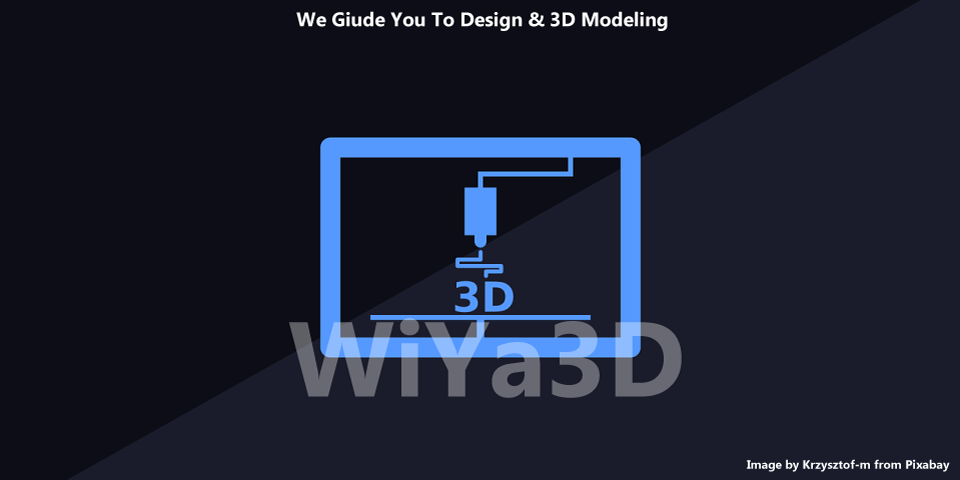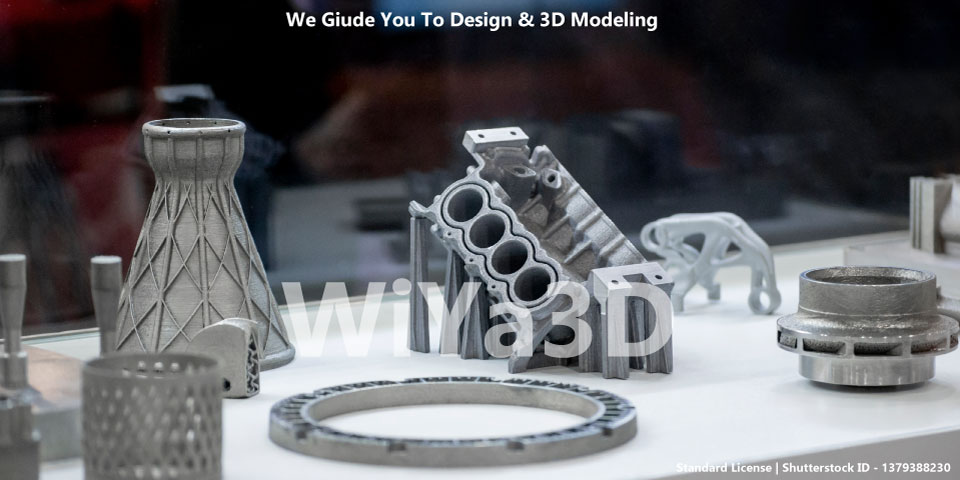As an entrepreneur, one of the things you are likely to constantly worry about is how you will turn your vision for a product into reality. Product development is one of the biggest challenges an entrepreneur can face. Thanks to new and exciting technologies such as rapid prototyping,
What is Rapid Prototyping
Rapid Prototyping is a process of creating a physical model from CAD designed assembly, in order to check initial correctness-deviation, fitment, testing and reduced the re-manufacturing in the product development. Process use series of technologies to archive the physical model.
Main rapid prototyping techniques are,
-
Additive manufacturing or 3d printing,
-
CNC Machining
-
Vacuum Casting
Additive Manufacturing – 3D Printing Technique
The term additive manufacturing & 3D printing used naming different sector interchangeably to called same contexts. With additive manufacturing techniques the 3D CAD model split into number of layers and create the physical model layer by layer at a time.
There are different techniques used in rapid prototyping machines under the additive manufacturing technology.
-
Stereolithography (SLA)
-
Selective Laser Sintering (SLS)
-
Selective Laser Melting(SLM)
-
Fused Deposition Modeling (FDM) – Commonly Desktop 3D printers use FDM technology
-
Laminated Object Manufacturing
-
Solid Ground Curing
The product development process is now much easier with the rapid prototyping technology. In the stage of prototype manufacturing require, in order to verify, test the technology allow to quickly prototype sample parts before mass production. Although for batch production and some mass production can be used this Rapid Prototyping technology. When considering cost effectiveness, all the rapid prototyping machines, materials highly cost. That’s where 3D Printers come into industry by scale downing the machine, material types 3D printing provide much more cost effective solution in single prototyping requirement. However, it’s dimension accuracy, is low when compare with other technique like SLA, SLS, SLM,…
What is The Differences Between 3D Printing & Rapid Prototyping
The intricacy of printing methods
3D printing requires minimal training as compared to rapid prototyping. However, the technique of producing a component depends on the complexity and instructions fed to the computer to a product that particular item.
Material
The materials that you can use for a 3D printer are limited – only plastic and PVC materials are used in 3D printing. This is, however, not the case for rapid prototype as finding materials is easy as there is a wide variety to choose from.
Accuracy
A product manufactured through rapid prototyping is more accurate compared to the one created using 3D printing. The two products can have the same features, but the one produced via rapid prototyping will have a better definition of those features.
Price
A rapid prototype is expensive than a 3D print. Some of the factors affecting the price include the kind of materials used and the maintenance fee of machines. Moreover, rapid prototyping has advanced technology contrary to 3D printing.
What Are The Advantages of Rapid Prototyping
The inventions of rapid prototyping enabled companies to convert their goals into reality. For instance, it was impossible to produce some automotive parts centuries ago. But, with rapid prototyping, you can get almost all the components you dream of. Here are the advantages of rapid prototyping.
Effective communication
Rapid prototyping enables you to communicate ideas effectively and briefly. This is because you can convert flat ideas into hands-on products that your clients and colleagues can be able to see.
Accurate products
Traditional methods of manufacturing products led to multiple revisions until the company achieved the best quality. RApid prototyping minimizes the chances of correction by providing iterative options. A manufacturer can test, evaluate and make changes where necessary before printing the components.
Fast production
Rapid prototyping technology is way faster than other manufacturing process & methods. A manufacturer can now bring an idea to life using rapid prototyping technology, design it, and manufacture the item in a few days, unlike years ago. Using these techniques, therefore, gives you an edge as you have more time to test your ideas, to check the prototypes, and to find the market for your product before your competitors.
Easy customization
Rrapid prototyping & 3D printing enables you to customize your products. The sky is limit when using these techniques. You can easily accommodate your client’s personal touches using rapid prototyping technology.
Conclusion
Rapid Prototyping is amazing technologies that can boost your business. Within additive manufacturing technique the 3D printing will be more cost effective that other high end SLA,SLS,…techniques, CNC machining & vacuum casting. However the accuracy & size of the 3D printing parts are sometimes limited.







